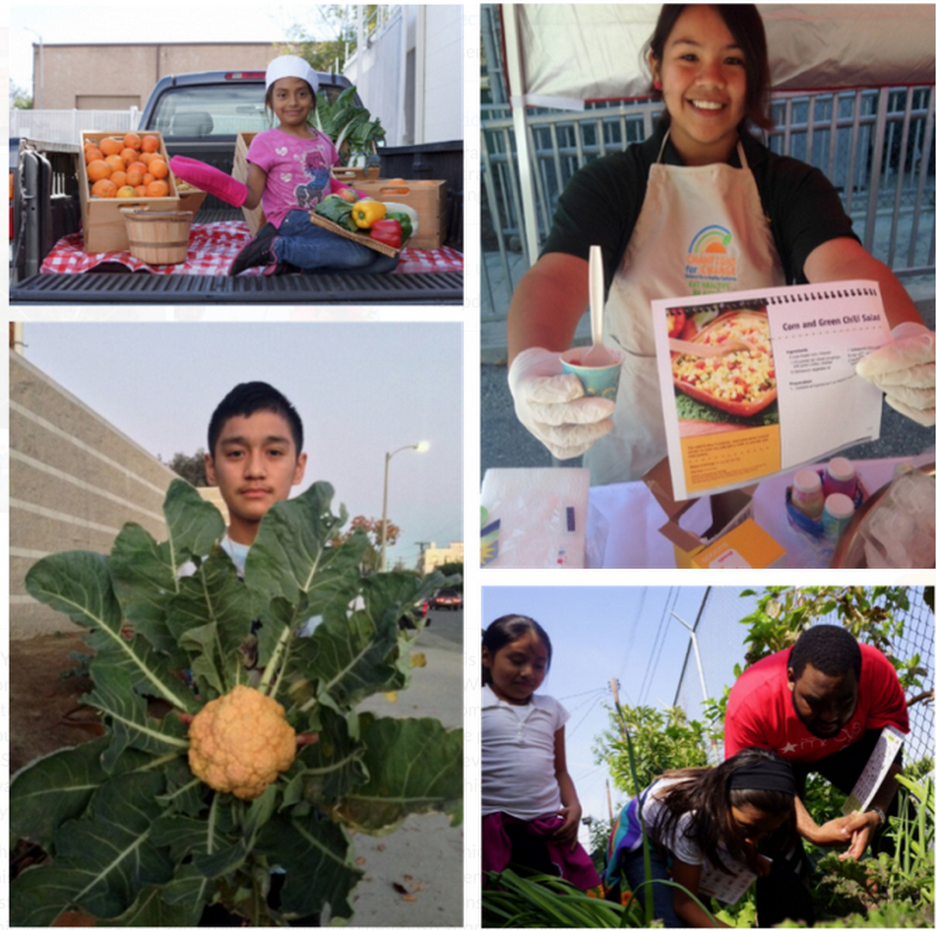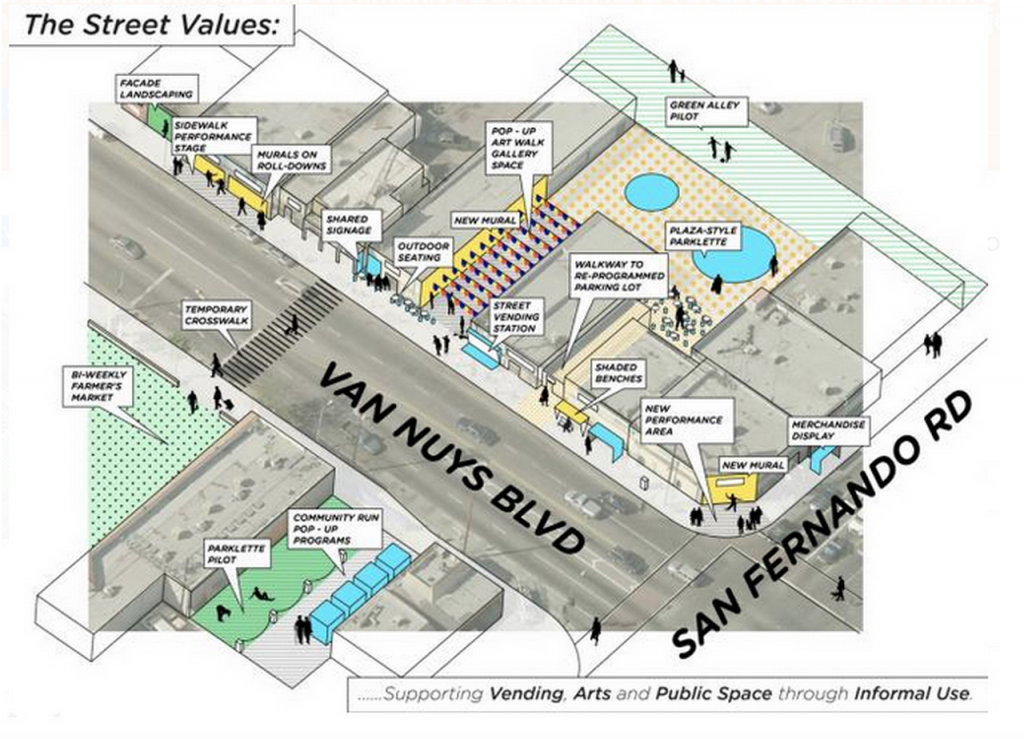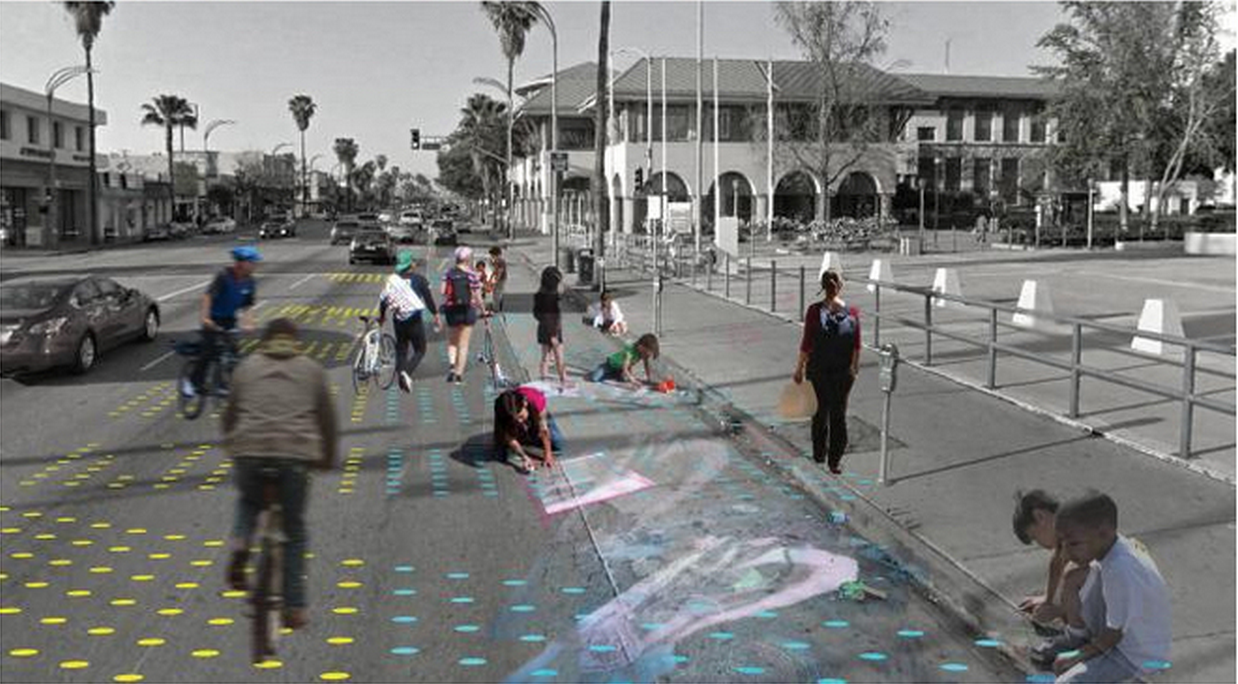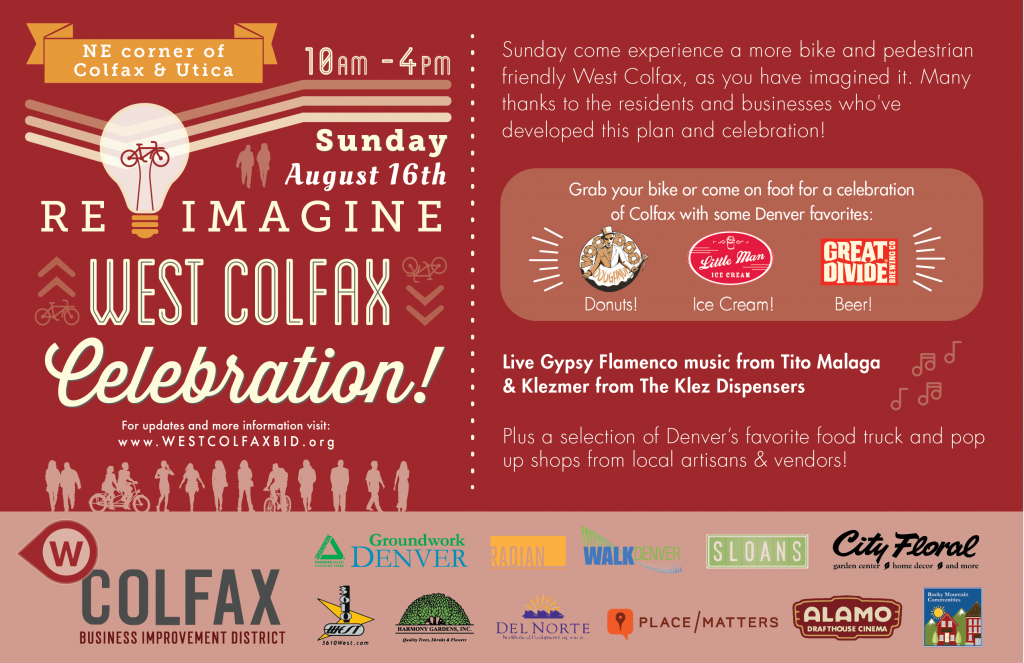“We want to celebrate the first Great Street in L.A.,” says Misty Iwatsu, Executive Director of the North Figueroa Association and principal organizer of FIG JAM. “It’s about our historic past, our present rejuvenation, and the promise of our future.”
FIG JAM will manifest as a free, all‑ages, educational, and cultural event on North Figueroa Street between Avenue 50 and Avenue 60. Its activities will encourage longtime and new residents alike to mingle with each other and explore the local businesses, sidewalks, and public spaces of their own Great Street, while imagining what improvements would help them enjoy their neighborhood even more.

“The primary goal of FIG JAM,” Misty says, “is to repurpose North Figueroa as a more viable local and regional community space.
“But actually, let me start 30 years ago. In the 80s and 90, this area was overrun with gangs, prostitution, drug dealing… Now, the Highland Park BID [business improvement district] has really helped to make it safe. Families are everywhere: going to the market, visiting the theater, using gyms and dance studios. Anyone can walk down the street now and find something they like. And it’s all mom and pop shops; no big box stores.
“We have some of the most historic buildings of anywhere in all L.A.: the Highland Theatre, the Security Pacific Bank building, the Women’s Highland Park Ebell Club—so many! A lot of them are being bought up and restored. It’s great to see them shine next to new restaurants, cafes, our bowling alley—and Chicken Boy.”
“With FIG JAM, we’re very hands-on,” she says. “We’re asking people, ‘What’s your vision?’ ”
“And we want the event to appeal to everyone. We’ll have walking tours divided into four areas: ‘Healthy Streets’ to showcase the gyms, movement studios, and medical offices; ‘Civic Engagement’ to introduce people to the local police, fire department, and water and power locations; ‘Arts and Culture’ to highlight the area’s theater, art, and music spaces; and ‘Food and Business’ to show off our past and current enterprises and explore how local eating establishments can continue to be the heart of North Figueroa.
“All our signage and other visual elements will be made ‘low-fab,’ using elements like spray chalk and lightweight structures that can be utilized by volunteers young and old.
“And through in-person surveys, attendance tracking, and the sales records of local businesses, we’ll continue to build our understanding of what North Figueroa wants and needs.”
Misty says that throughout Los Angeles, residents are reevaluating and repurposing their streets as public space.
“From parklets in converted parking spaces to open street events, Angelenos are creating community, commerce, and healthy, multi‑modal mobility,” she says. “By encouraging discussions, tours, and performances that traverse the different eras of the street, FIG JAM will bring awareness to the many possibilities of public space on North Figueroa.
“Long term, we’ll help inform more permanent improvements that the city and community can pursue together.”
Sounds fun—let’s jam!
***
The FIG JAM team would like to give a shout-out to their partners: Gensler, Occidental College, and Councilman Gil Cedillo.



